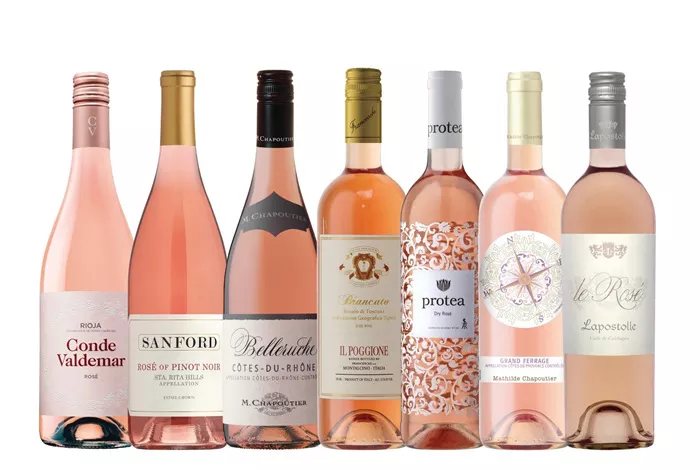The Mediterranean Wine Symposium, held last month at Castillo Perelada in Catalonia’s scenic Empordà region, brought together producers from across the Mediterranean to discuss the challenges and opportunities facing the industry. In an era defined by nationalism and division, the event stood as a beacon of cooperation, uniting representatives from countries including Croatia, Cyprus, France, Greece, Italy, Lebanon, Morocco, Slovenia, and Turkey. Attendees participated in a series of talks and tastings, with Waitrose’s highly regarded No.1 Castillo Perelada Cava Brut among the featured wines.
The symposium’s goal was ambitious: to explore the “Mediterranean philosophy” of life and wine, positioning the region as the birthplace of many cultures. While the event’s scope may have been challenging to capture in a single day, it succeeded in sparking crucial conversations around regional collaboration and climate change—a theme that emerged as the most pressing issue of the symposium.
Climate scientists Maria Snoussi and Nathalie Ollat painted a stark picture of the region’s vulnerability. With temperatures in the Mediterranean rising at a rate 20% faster than the global average, the future of wine production is in jeopardy. This reality led many attendees to focus on ways to mitigate the damage, including turning to indigenous grape varieties that may offer resilience. Southern Italy’s fiano, for example, featured prominently in a tasting of Planeta Cometa, a Sicilian wine that demonstrated the potential of Mediterranean grapes in adapting to these rapid changes.
The symposium also delved into the question of whether a single Mediterranean wine style exists. Josep Roca, the renowned sommelier from El Celler de Can Roca in Girona, suggested that wines from the region often share a distinctive character—fragrances and flavors reminiscent of Mediterranean flora, influenced by the unique compounds in the local environment. He also highlighted the intense sunlight that defines the region, lending wines a vibrant, concentrated flavor.
Yet, despite these commonalities, the diversity of Mediterranean wines was on full display. From the refined, floral whites of Vini Noüe-Marinič in Slovenia’s Goriška Brda to the crisp, high-altitude wines from Vouni Panayia in Cyprus, the event underscored the extraordinary variety that defines the Mediterranean wine landscape.
As the symposium concluded, it was clear that, while climate change poses an existential threat, the shared spirit of cooperation and resilience among Mediterranean producers may offer hope for the region’s future.
You Might Be Interested In:


